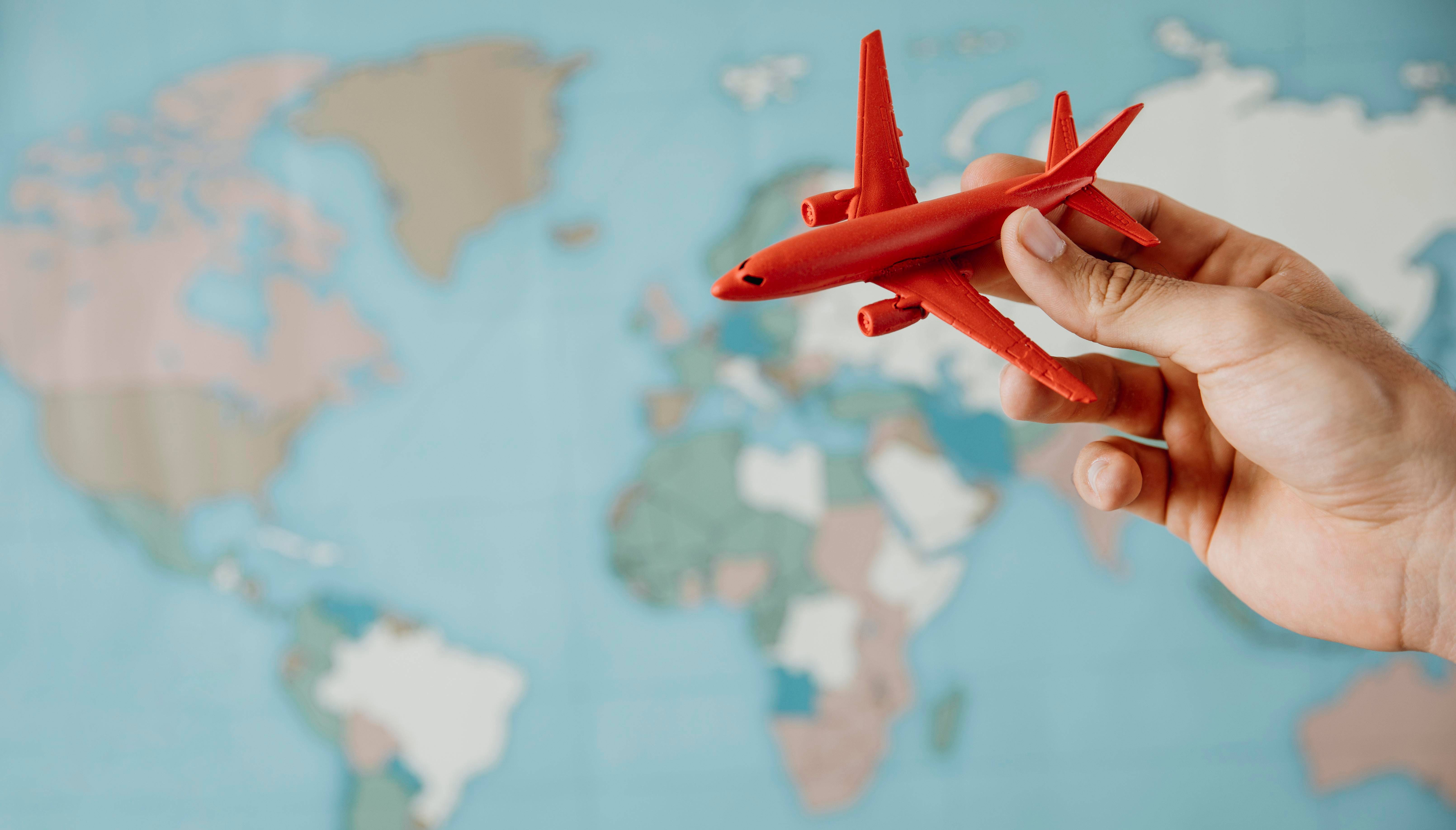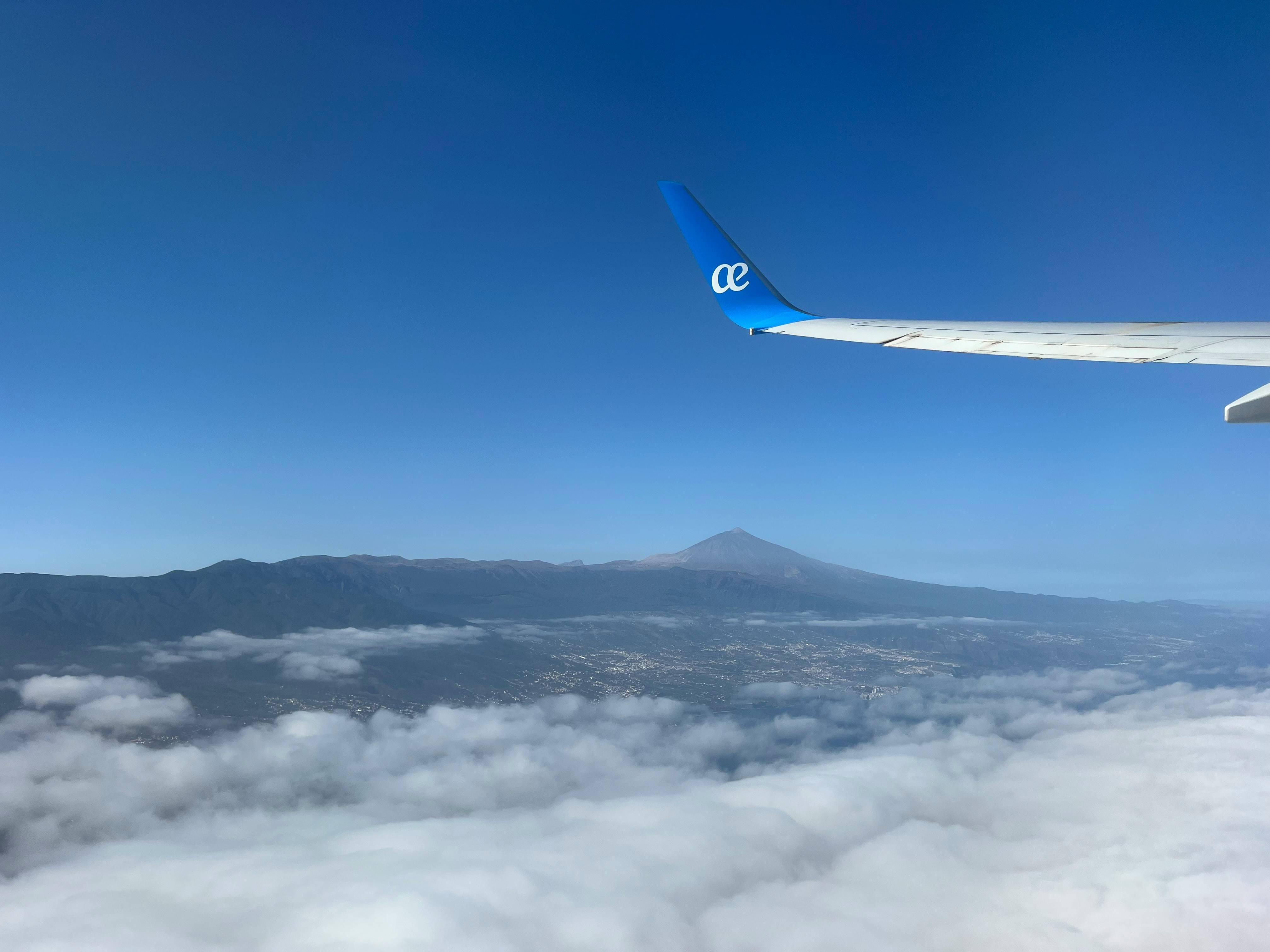Flight Tracking for Travelers: Making the Most of Flight Monitoring Services
Navigating through airports and managing flight schedules can be overwhelming, even for seasoned travelers. However, after speaking with aviation professionals and frequent flyers, it's clear that with the right tools and strategies, staying updated about your flights can be simple. Here’s how you can make the most of today’s flight tracking services, according to the experts.
Monitor Departure Gates
One of the most critical aspects of staying on top of your flight is monitoring your departure gate. I’ve been told by gate agents and fellow travelers alike that gate changes are more common than you might think, especially in major hubs. Keeping an eye on these updates can save you from scrambling across the airport. Most airlines now offer mobile apps that will alert you to changes as soon as they happen. Make sure you’ve got notifications on, so you’re the first to know when there’s a switch.
Make Use Of In-Airport Displays (FIDS)
Those large Flight Information Display Systems (FIDS) that you see in airports aren’t just for decoration. In fact, one airline employee I spoke with swears by them, especially when mobile apps lag in updates. These screens show real-time flight information, including gate numbers, delay statuses, and even the weather conditions affecting inbound flights. So, even though you may have the app, double-checking with the FIDS in the terminal could prevent any surprises. Note: my general experience has been that apps at times are more accurate than the airport flight dislays.
VIDEO:Ever wondered how to identify a plane you spotted on a satellite image or track its flight path? In this fascinating video, Ben from the OSINT At Home series takes you through the process of using tools like FlightRadar24, Apollo Mapping, and Google Earth to uncover the secrets of the skies. I found this tutorial incredibly enlightening, especially when Ben demonstrated how to identify a plane destroyed at Khartoum International Airport. This step-by-step guide not only enhanced my understanding of aerial data but also showed me how to fuse this information with other sources for a comprehensive analysis. Dive in and discover the world of open-source flight tracking!
Track Inbound Flights
A frequent traveler tip that isn’t as widely known is to track your aircraft’s inbound flight. When I interviewed a flight operations specialist, they mentioned that many delays are caused by issues with the aircraft’s previous journey. By tracking where your plane is coming from, you can often predict a delay before the airline even announces it. Services like our iFly flight tracker or FlightAware make it easy to see where your plane currently is, giving you a heads-up on any potential delays.
Receive Notifications About Flight Changes
Getting alerts about changes is key to staying ahead of any disruptions. Every airline rep I’ve talked to emphasized the importance of signing up for notifications, not just from the airline but also from any third-party booking sites you’ve used. These alerts can make a huge difference in avoiding last-minute surprises. One traveler told me about how receiving an early morning notification of a delay gave him time to sleep in and avoid unnecessary time spent waiting at the gate.
Track Your Baggage
Did you know you can track your checked bags, too? It’s not just flights you can follow these days. An airline customer service manager told me about the growing number of passengers taking advantage of baggage tracking services. By entering your bag’s tracking number into apps or websites, you can monitor its progress. This is especially useful for avoiding the stress of wondering if your luggage made that tight connection.
Use Advanced Flight Tracking Features
The flight tracking apps and websites available today offer so much more than simple gate updates. When speaking to an aviation tech expert, they showed me how tools like FlightRadar24 let you see detailed maps with your plane’s real-time altitude, speed, and even its expected arrival time down to the minute. These advanced features can be useful for travelers who want more than just basic information.
Stay Updated with Real-Time Information
Ultimately, staying updated with real-time flight information isn’t just about reducing stress. A pilot I interviewed explained how having access to flight status history allows you to make smarter decisions. For instance, if you notice a pattern of delays for your route, you might opt for an earlier flight next time, giving yourself extra cushion in case the same thing happens again. Knowledge is power when it comes to travel, and being informed puts you in control.
Using these tools and tips will not only make your travels smoother but could save you from missing a flight or dealing with misplaced baggage. The more you know about where your plane—and your bags—are, the more relaxed and prepared you’ll feel for your journey. Stay updated with real-time information and make your next trip hassle-free.
FAQ: Flight Tracking for Travelers
Find more help here for your journey through the airport




